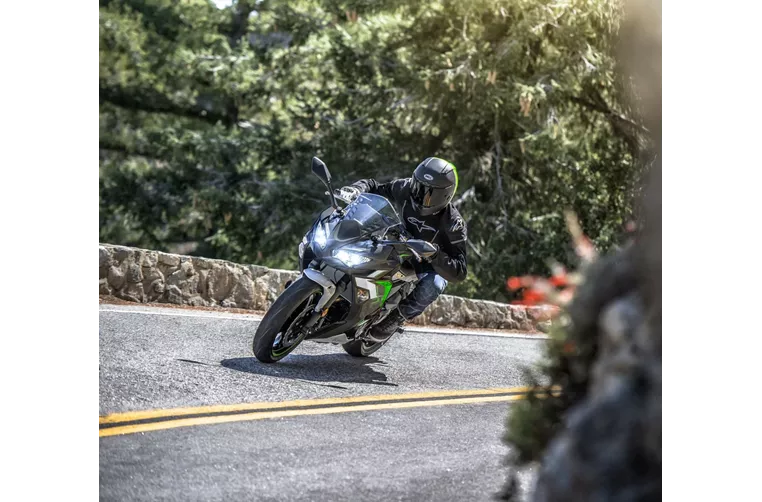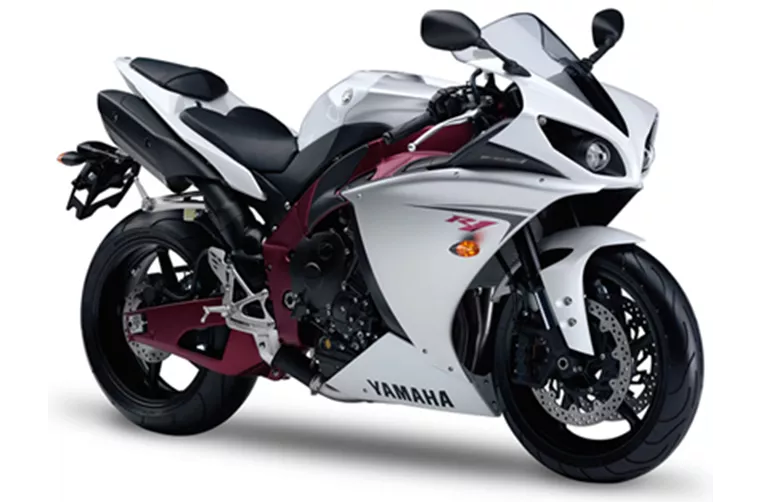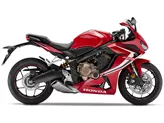Kawasaki Ninja 650 2022 vs. Yamaha R1 2009
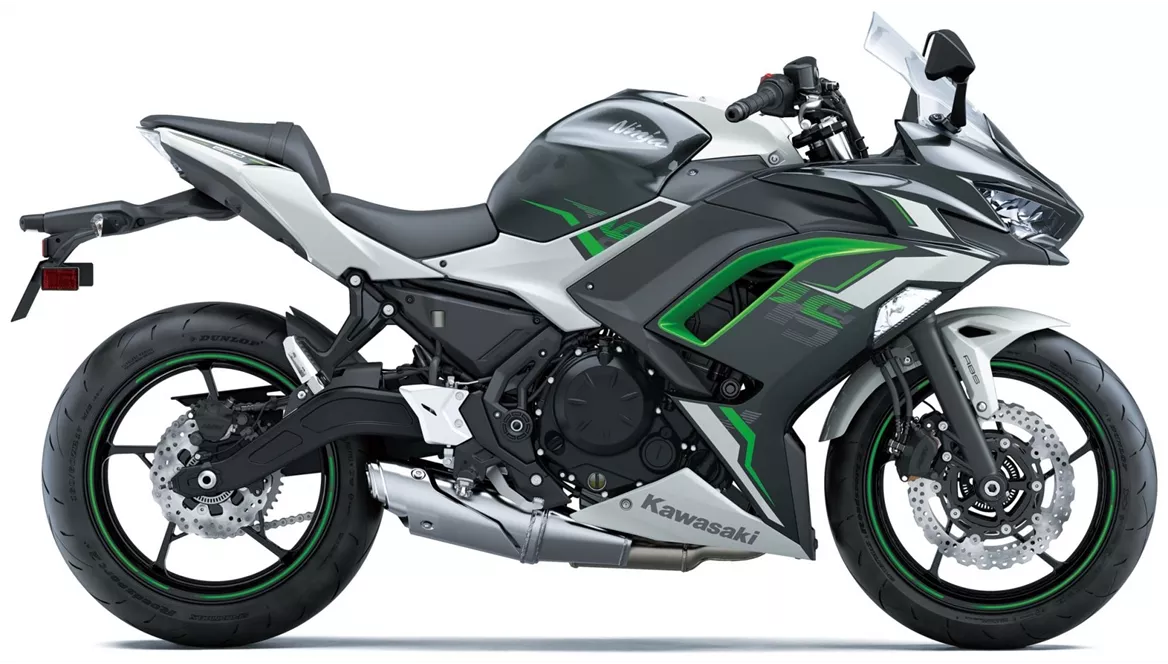
Kawasaki Ninja 650 2022

Yamaha R1 2009
Overview - Kawasaki Ninja 650 2022 vs Yamaha R1 2009
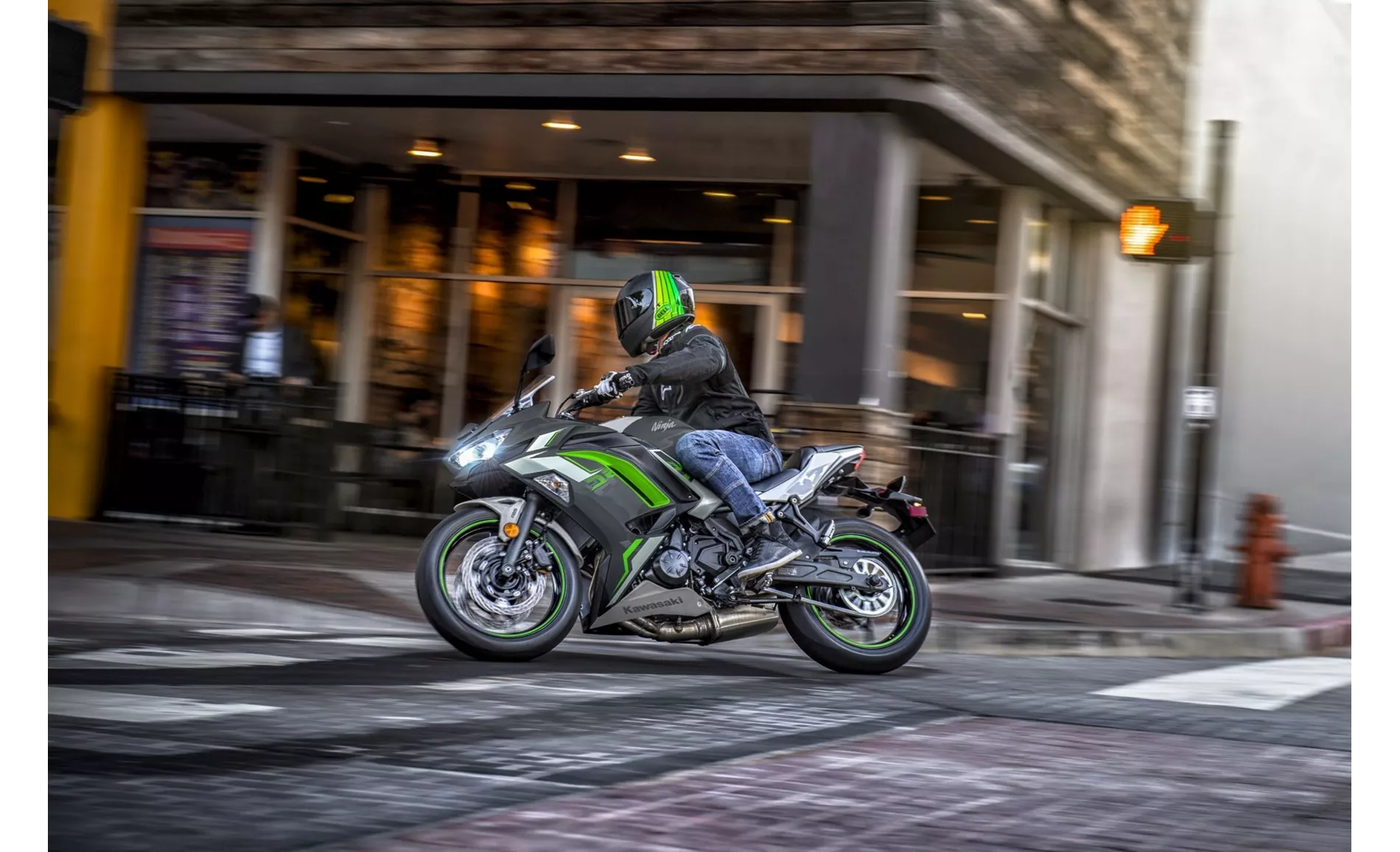
Kawasaki Ninja 650 2022

Yamaha R1 2009
Technical Specifications Kawasaki Ninja 650 2022 compared to Yamaha R1 2009
Pros and Cons in comparison
Pros and Cons in comparison
Kawasaki Ninja 650 2022
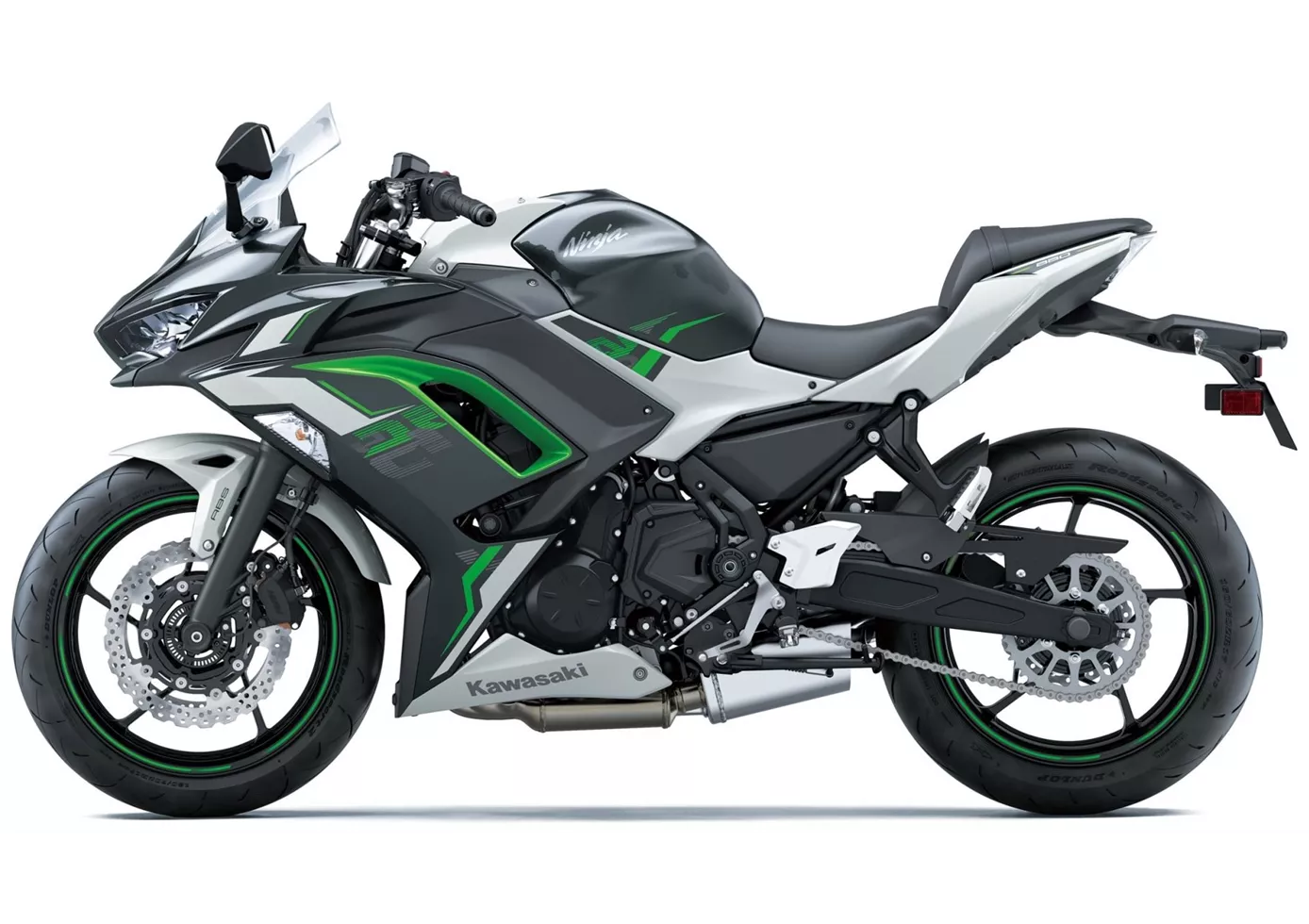
Save the sport tourer! With the Ninja 650, Kawasaki has created an exemplary representative of this class and (hopefully) solved the problem of the new generation. The stable chassis and the decent two-cylinder will delight beginners and advanced riders alike, even at a brisker pace. The front brake is a little too well intentioned, lacking a transparent pressure point despite basically good braking performance. Another plus is the TFT display, which we don't find in the competition at the moment, as well as the grown-up look, which is strongly oriented towards the larger Ninja models.
Yamaha R1 2009
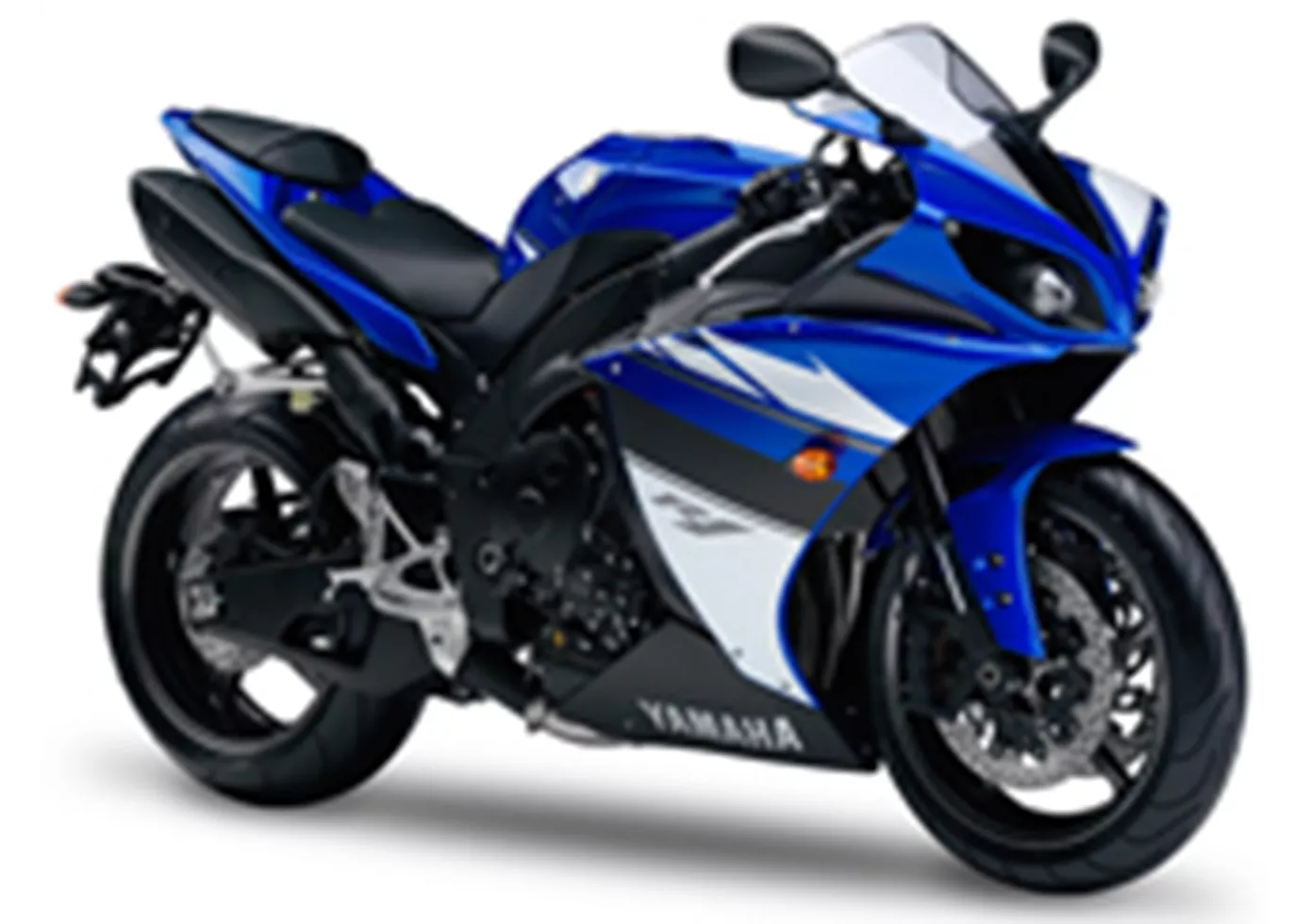
Of course, the new R1 engine also passed all the tough Yamaha stress tests and comes with the same guarantees as other Yamaha motorbikes. Because until now, it was precisely the issues of durability and reliability that prevented series production of such an engine.
